Any interview with Lena Dunham is guaranteed to contain at least a couple of water-cooler talking points, and last weekend’s story in the New York Times was no exception. Discussing her new collaboration with upmarket plus-size retailer 11 Honoré, actor and writer Dunham casually took aim at the idea of the ‘perfect’ plus-size figure.
“We want curvy bodies that look like Kim Kardashian has been up-sized slightly,” she said. “We want beautiful butts and big beautiful breasts, and faces that look like you could smack them on to thin women.
“I have a big stomach… I have a straight-up gut, like an old man — and that’s not where anybody wants to see flesh.”
Neither is it where fashion designers want to accommodate it, hence Dunham’s decision to design her own capsule range that takes into account rounder stomachs and thighs. (As she drily notes in the interview, designing inclusive fashion isn’t just a matter of taking a size 10 and scaling up; perhaps nipping in the waist to ‘add shape’.)
But Dunham isn’t the only one to realise that women larger than a size 16 might want clothes that actually fit — and are fashionable, too. After decades of condemning young women to hiding their figures under shapeless tops, or ‘flaunt’ them in garish granny florals, a new generation of designers and brands are creating stylish pieces that plus-size women want to wear.
Last month, Brandbank – owners of Seed Heritage and French Connection – launched Commonry, a stylish label of inclusively-sized elevated basics available in David Jones and two standalone stores in the upmarket suburbs of Woollahra in Sydney and Melbourne’s Armadale.
Boutique brands like minimalist swimwear label Form and Fold and Fat Mum Slim blogger Chantelle Ellem’s own label Ada & Lou are also leading the charge here in Australia, while overseas the movement to more inclusive fashion is even more advanced. In the US, ethereal label Rodarte collaborated with inclusive brand Universal Standard to create one of the first ranges of elevated essentials, while 11 Honoré now carries an impressive range of high-end designers such as Altuzarra, Mary Katrantzou and Preen.
Given the size of the plus-size market, it’s surprising that brands have taken so long to catch on. Here in Australia the ‘average’ woman weighs 71.1 kilograms, according to the Australian Bureau of Statistics, and a typical woman fits a size 16. (Arguably, this means plus-size is a misnomer – and certainly the term can be divisive, though useful.)
Plus-size brands make up just 6.7 per cent of the clothing industry, despite 67 per cent of Australian women being considered ‘overweight’, wrote designer and writer Holly Richards in Fashion Journal recently, which means larger women are significantly under-catered for. Globally, the market is expected to experience the fastest category growth in the next few years.
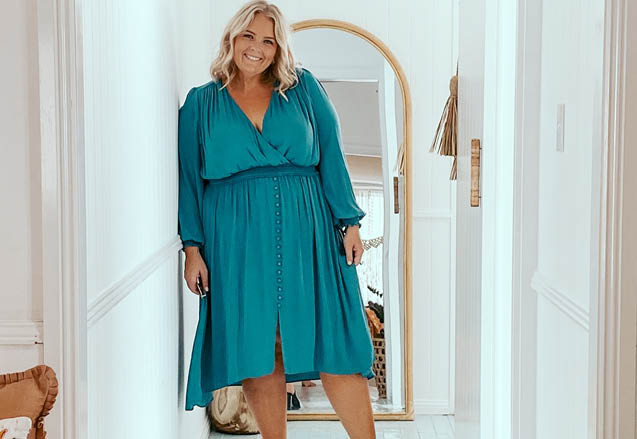

“We realised it’s past time to address the gap in the market for size-inclusive fashion,” says Jane Grimme, head of design at Commonry. “I think there has been an idea that women want to be told what to do and there is the expectation of a certain look. We are approaching our customer with the idea that her body is her business. We want to give her a range of styles and we use design details that enhance fit.”
Growing up, Fat Mum Slim’s Ellem was acutely aware of how women’s bodies were meant to look. “I loved magazines but all I ever saw were bodies that weren’t like mine, so all I knew was that my body was not normal,” she says, adding that shopping was, even until recently, a demoralising experience. “You just wanted to wear what your smaller-sized friends were wearing but you couldn’t. So you’d end up shopping at places geared towards 70-year-old women because the clothes fitted.”
If anything, swimwear shopping presented an even more challenging task, says Carly Warson, co-founder of inclusive swimwear label Form and Fold, and who wears a 32E bra size. “It’s actually traumatising to go into a store, where there are 1000 options but only one in your size,” she says. “And you’re completely exposed in a swimsuit. Everyone’s looking at you as you’re half-naked, having to put something on that makes you feel terrible. It’s really sad.”
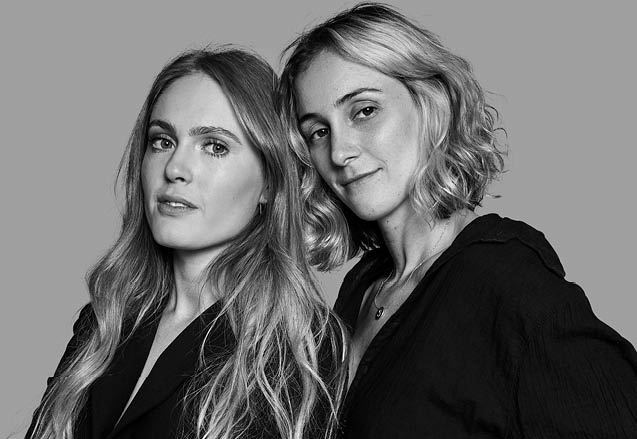

Experiences such as these prompted Carly and her friend Stephanie Korn (who wears a 32DD) to launch their brand, with bikinis and swimsuits that give the shape and support of a perfectly-fitting bra. This requires considerable technical artistry, given lingerie is widely regarded as the most difficult category to produce.
“Cup sizes D to G require 10 different components – such as the addition of tailored stabilising fabric and different stitching details – whereas A to C cups require only three,” says Warson. “They’re sampled about 20 times before they go into production.” Adds Korn: “We really hate when brands create a design for a small cup size and then keep that same style for larger sizes but make it ugly.”
If demand was always there for plus-size fashion, it’s curious that brands weren’t interested in meeting it until now. Too many seem to have fallen into the trap of thinking that women’s bodies change in perfect proportion as they increase in size – like Dunham’s upsized Kardashian. Designers like Tom Ford and Karl Lagerfeld, whose disdain for larger women was well known, didn’t help by fetishizing a very slim silhouette.
There was also, as Dunham notes, the pervasive myth that plus-size women simply weren’t interested in fashion.
“What I really love in fashion is a certain level of playfulness and winky intelligence that people just don’t think bigger women want or understand,” she says. “No one thinks plus women have a sense of humor, and if they do, it’s, ‘We’re going to put a watermelon on your skirt, you sassy girl!’ None of it has subtlety or true sophistication.”
There was a myth that plus-size women weren’t interested in fashion
What’s interesting about brands like Form and Fold and Commonry is their incorporation of trend-driven pieces that aren’t just designed to make plus-size women look thinner. So Commonry carries a balloon-sleeve top and puff-sleeve dress, while Form and Fold’s new collection features a textured Clay set in metallic burnt orange that’s currently beating out black as the label’s most popular item.
“It’s not always about looking ‘flattering’,” Ellem concurs. “Having fun and feeling trendy are important, and that’s a really new way to look at plus-size fashion.”
Of course, there’s still a long way to go before brands accept the fuller form in all its glory, she adds. Commonry’s campaign is fronted by superstar plus-size model Ashley Graham, and other brands portray similarly near-mythical figures. Black women are woefully underrepresented. “For me Instagram is the only place that’s shining a light on real bodies and the acceptance of self,” says Ellem. “But we’re getting there.”
As Commonry’s Grimme says, well-designed and stylish pieces in every size should be the norm. “Size-inclusive, thoughtfully designed, expertly cut, fit-driven fashion (with zero compromises) is the way it should be,” she says. “It’s just life.”




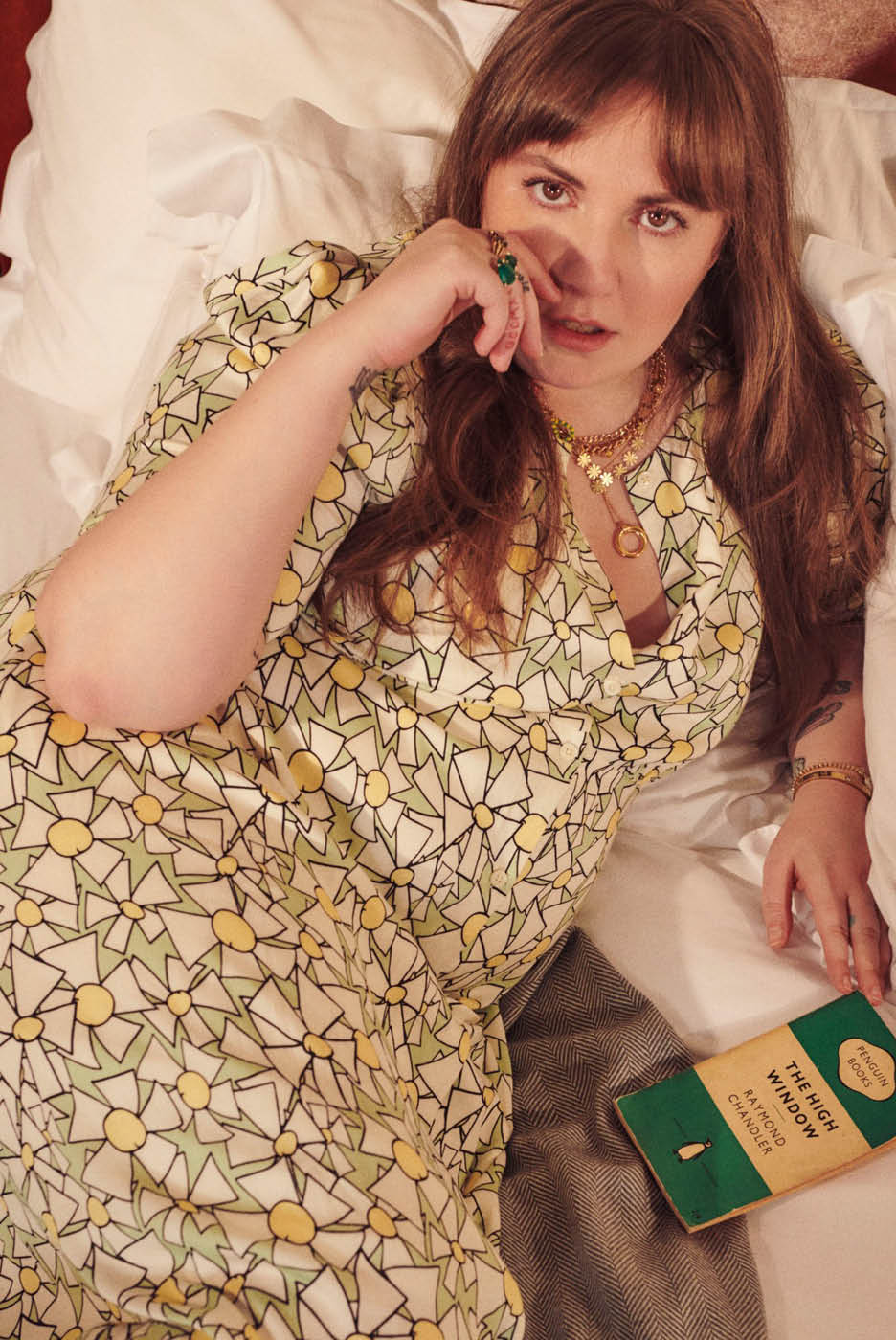



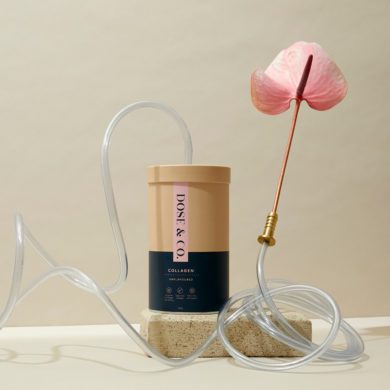
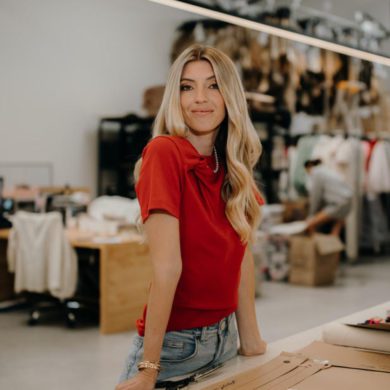
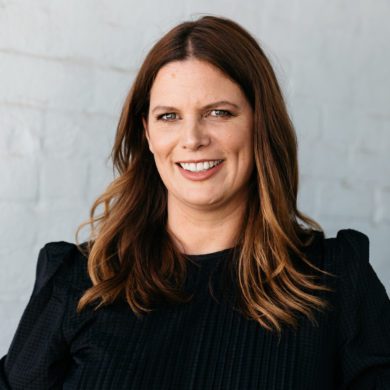
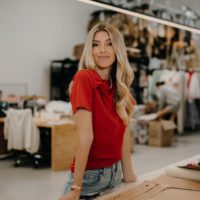
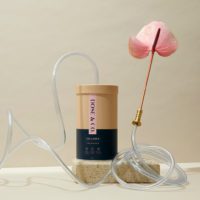

No Comments